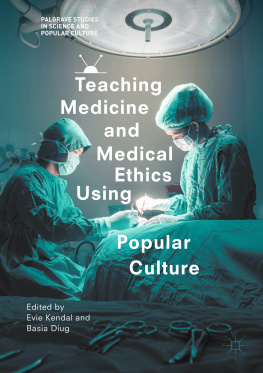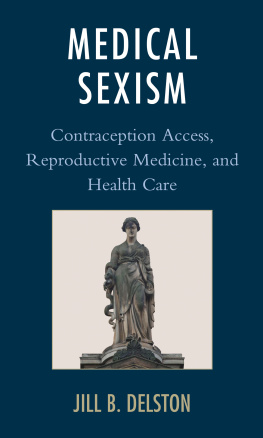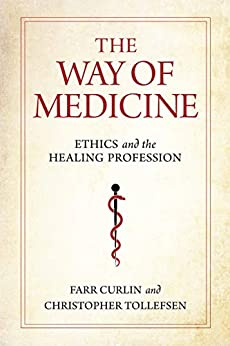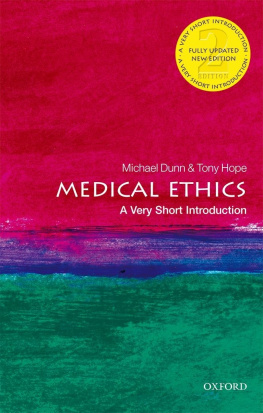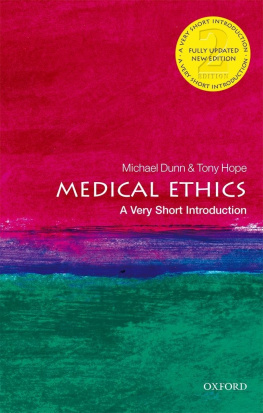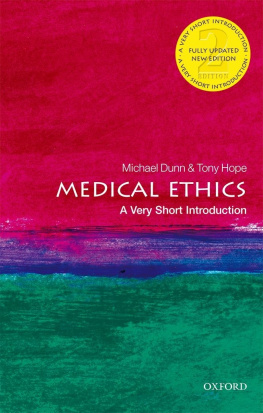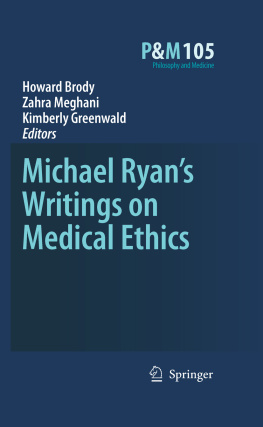There is an increasing awareness of the role of mass media and popular culture in communicating health information to the general public and medical students.
The purpose of this edited collection is to discuss the use of popular culture in medical education, paying particular attention to medical television dramas. While there are many aspects of popular culture that go beyond television, Victoria Rideout notes that:
As a communications tool, TV continues to dominate, primarily because the size of its audience is unrivaled, dwarfing that of even the most popular websites. But hard evidence about the impact of so-called edu-tainment is hard to come by, and opportunities for large-scale, nationally representative evaluations of health messages in TV shows are rare.
These difficulties are present both when evaluating the impact of popular television on the general public, as well as for medical and health students. With many tertiary education providers moving towards more evidence-based pedagogical practices, there is an urgent need to explore how educators are engaging with popular culture and the impact this is having on students learning. This process has been under way for some time, with previous studies demonstrating various methods of incorporating popular culture into university teaching and health communication more generally. The studies contained within this collection add to this knowledge base, in addition to providing practical teaching tips for educators in this field looking to exploit the power of popular media, while simultaneously avoiding some of the pitfalls associated with it. As such, it would be beneficial to first briefly review the results of recent research on this topic. This introduction will then conclude with a summary of each of the chapters in the collection.
How has Popular Culture been Used in Medical Education?
At its most basic, popular culture can be defined as the cultural and artistic expressions that appeal to a large audience, whose dissemination is often facilitated through mass media , and which is generally distinguished somehow from high or elite culture. With a particular focus on medical ethics training, Angelo Volandes notes:
Film offers a powerful and underutilised medium in which clinical vignettes come alive in their rich and textured details, both medical and non-medical Phrases often appearing in written vignettes, such as aggressive procedures and futile care, lose their amorphous qualities as students see and experience ventilators and medical emergencies on the screen.
Other authors agree that television episodes may be better suited to generating discussion than the short written scenarios often used in medical education. Jeffery Spike claims that this only works if the audience sees the whole story, rather than just a short clip, as familiarity with the television characters is essential for teasing out the complexities of the issues they face as doctors and patients. As the lovable, but flawed, fictional doctor, J.D. personifies the real-life doctors in those studies on average listening times, showing viewers not only how these situations come to be common in medical practice, but also why we should be campaigning to change them. Such a poignant message is likely to stay with all viewers, but particularly those embarking on the very career depicted in the show. However, for the episode to have its full effect it must be watched in its entirety.
If devoting a significant proportion of an already limited class time to watching or discussing a medical television series, it is necessary to first have clear learning objectives in mind. Similarly, if hoping to use popular culture references to communicate health information to the lay public, evidence of the efficacy of this technique is needed. Two examples in the literature stand out as particularly well designed in this matter: one focused on teaching non-clinician epidemiologists about medical issues, and the other on educating the general public on HIV transmission rates. The first was a study by Truls stbye et al. in 1997, in which epidemiologists and biostatisticians were asked to watch episodes of ER in tutorials. As stated by the authors, the established goals of this educational intervention were to illustrate referral bias and other epidemiological issues in a clinical setting and to provide human faces to the disease data students usually work with.
The second example noted above is more recent, and involved surveying Greys Anatomy viewers to ascertain the educational impact of an episode focused on maternal-fetal HIV transmission rates. This study was completed by the Kaiser Family Foundation in 2008, and clearly demonstrated the educational potential of medical television dramas for a general audience.
Looking beyond television, celebrity and social media are also sources of health information for students and the general public. There has long been awareness that celebrities have the capacity to reach vast audiences with their health messages, representing an opportunity for effective health promotion, but also bringing fears regarding accuracy and safety. What is most interesting about both of these examples is how mass media communication facilitated the dissemination of health information, but not the necessary education to critically appraise the accuracy or relevance of this information to the audience. This highlights an opportunity within the health education sector to provide such analytical skills for students, as future health practitioners and educators themselves.
While the dominant focus of this collection is the use of popular television dramas, owing to their pervasive presence in medical curricula, contemporary celebrity health stories and scandals make interesting case studies to discuss in the classroom. There will also be some discussion of the role of social media , such as Twitter , on increasing health awareness among students and the general public, owing to the extensive reach such media have. This will intersect with recent developments in gamification for health promotion, including through gaming apps such as Metro Trains Victorias Dumb Ways to Die , a rail safety promotion mobile game.
Why is Popular Culture Used in Medical Education?
Doctors exist in popular culture as symbols of the chaotic influence of disease and death on peoples lives, both within the fictional world and in reality. Sickness often features in drama to heighten the emotions of the viewer as they identify with suffering patients and their families. Their study was intended to bridge some of this knowledge gap and provide a common language for such collaborations.
Another benefit of using popular television in the classroom is its capacity to evoke emotion and sympathy in viewers, qualities patients often accuse their doctors of lacking. Blasco et al. claim there is growing concern that the human dimension of the physician is receding in the face of ever-emerging technological advances, noting that when patients report being dissatisfied with their care this often points more to the human deficiencies of medical professionals than to their technical shortcomings. They note that:
With careful selection, medical television dramas can engage students with important professionalism issues which are usually too abstract in the formal curriculum but perhaps too threatening in the clinical environment.

